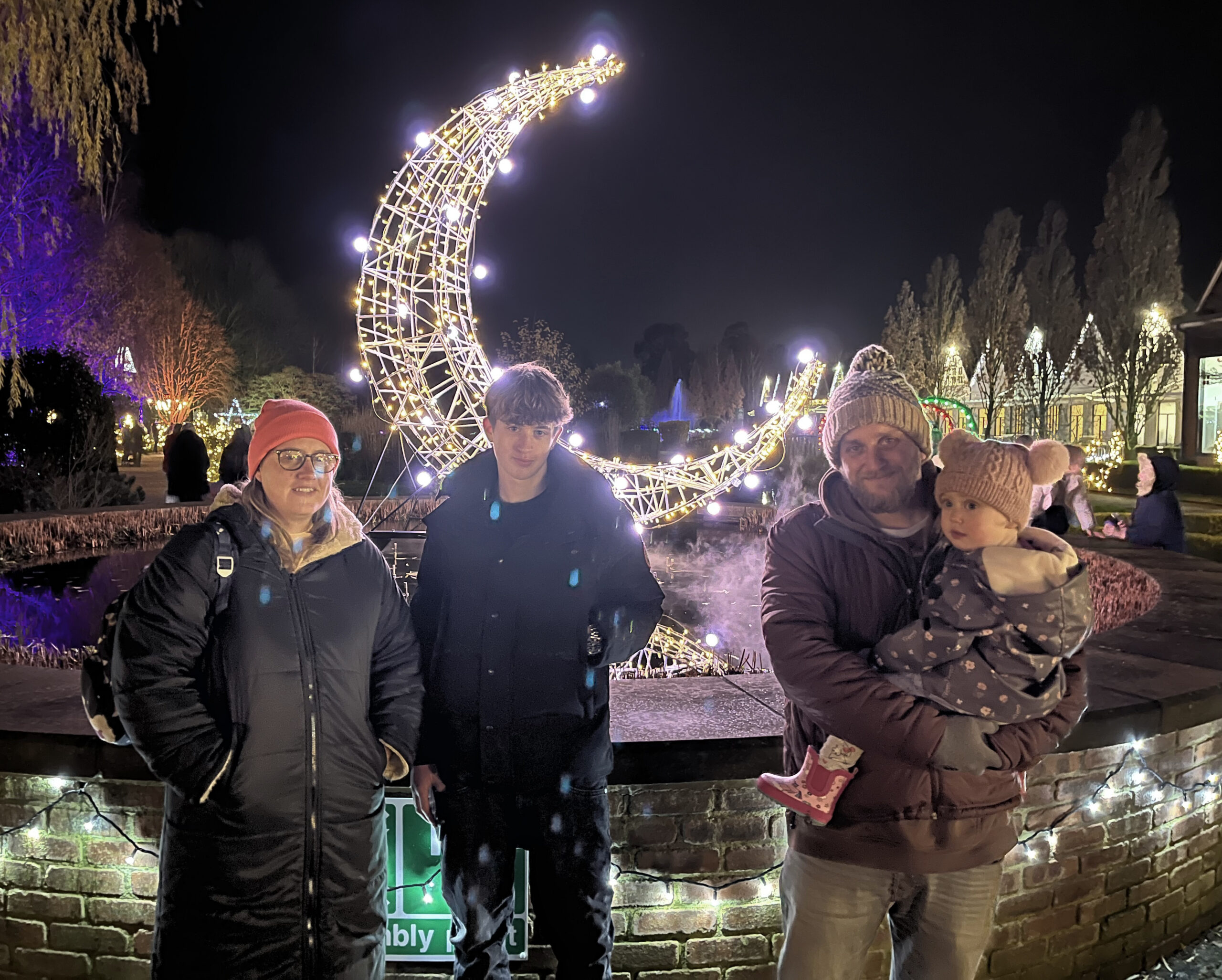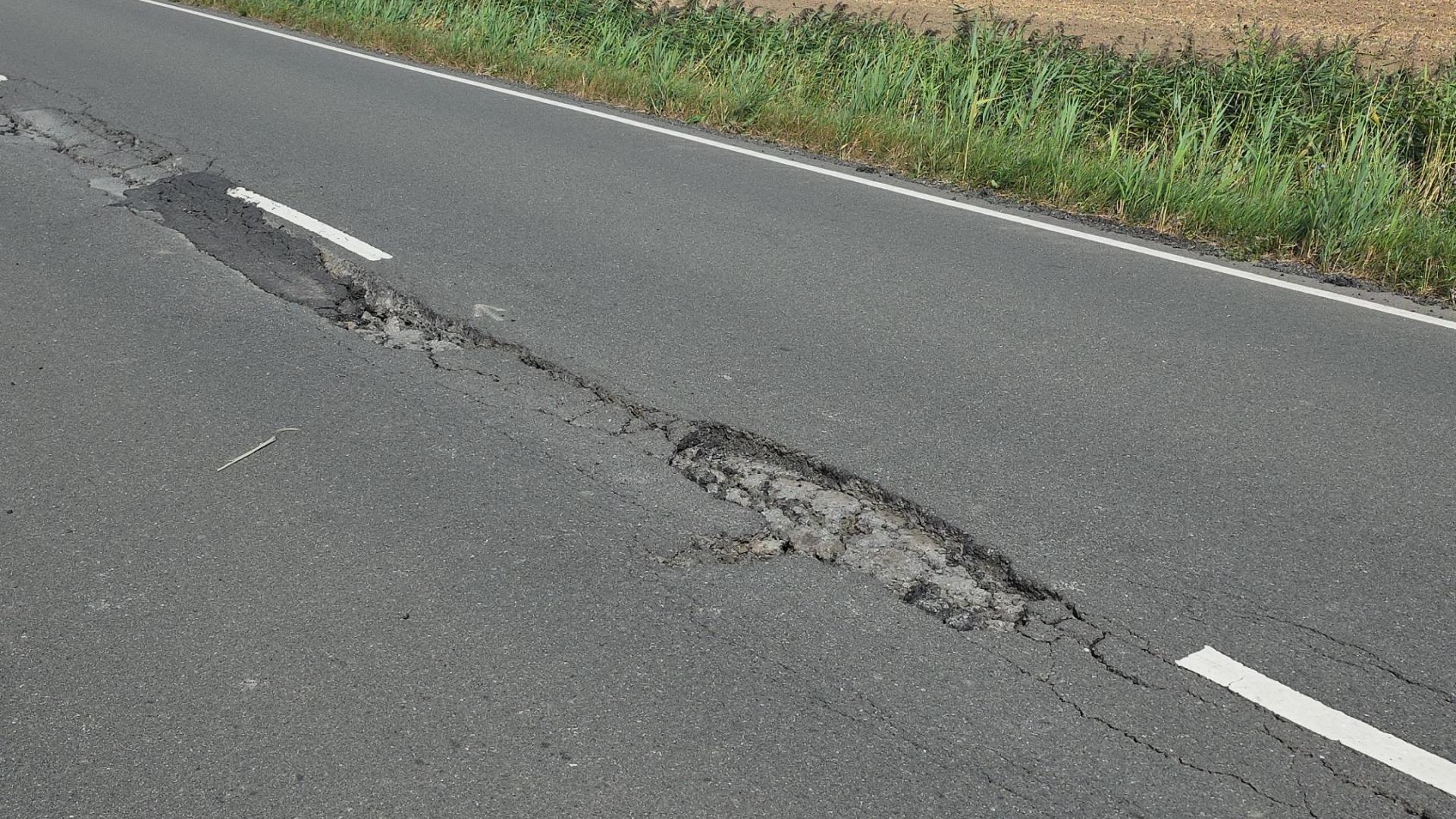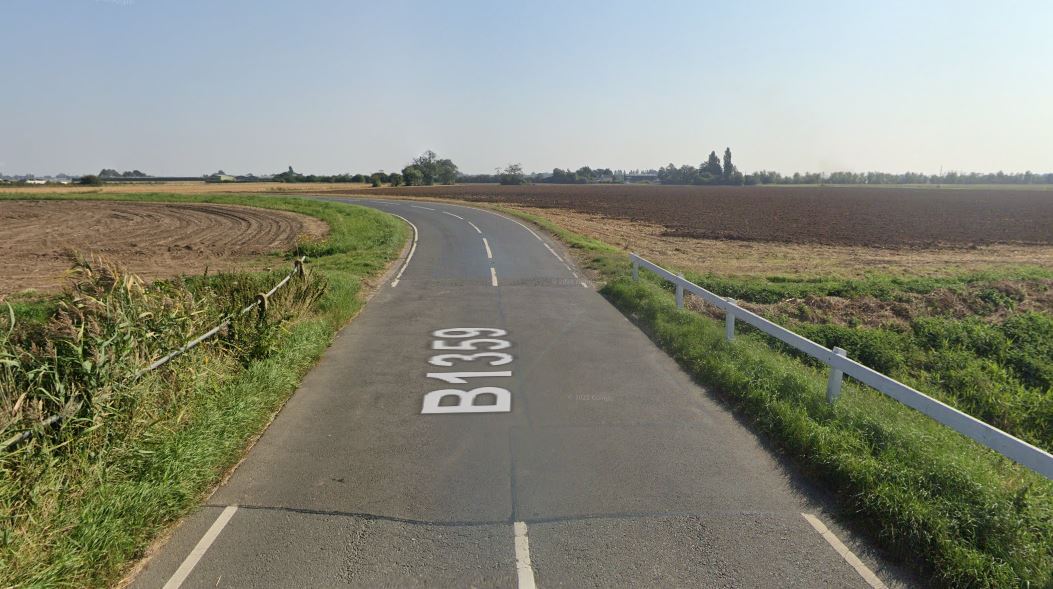Hello again! Last time in my column I looked at wasps. This time, we’re back to the birds. I’d like to look at what is becoming an increasingly common garden bird, the woodpecker.
Well, actually not just one woodpecker. Around Spalding there are two different kinds which we are likely to see.
The green woodpecker, which is (oddly enough) green. And the great spotted woodpecker, which is black and white.
The two birds have somewhat different habits too.
The great spotted woodpecker lives in trees, pecking at wood. Odd that!
It uses its strong beak to get under the bark of trees. Then a long harpoon-like tongue is used to seek out and catch the grubs of wood-boring beetles.
Though it isn’t averse to eating other things too. Nuts and pine cones are sometimes wedged into a crevice and bashed with the bill to give up the tasty insides.
Peanut feeders in gardens also receive the same treatment, and this is happening more and more often. Giving a great chance to see the bird up close.
Somewhat more distressingly for lovers of garden birds is their habit of breaking into nestboxes to eat the chicks within. Nature red in tooth and claw…
So what of green woodpeckers? Well, although they also look for beetle grubs, they also are likely to be seen down on the ground. Especially if you have an ants nest in your lawn. They will shove their beak right in the middle and scoop out all the ants and juicy grubs. Yum, yum!
You might also know green woodpeckers from a classic children’s TV show.
One of the country names for a green woodpecker is a “yaffle”, after its laughing cries. And, as you may remember, in Bagpuss there was a carved wooden bookend in the shape of a woodpecker called Professor Yaffle.
Bet you didn’t realise it was based on a real bird!






